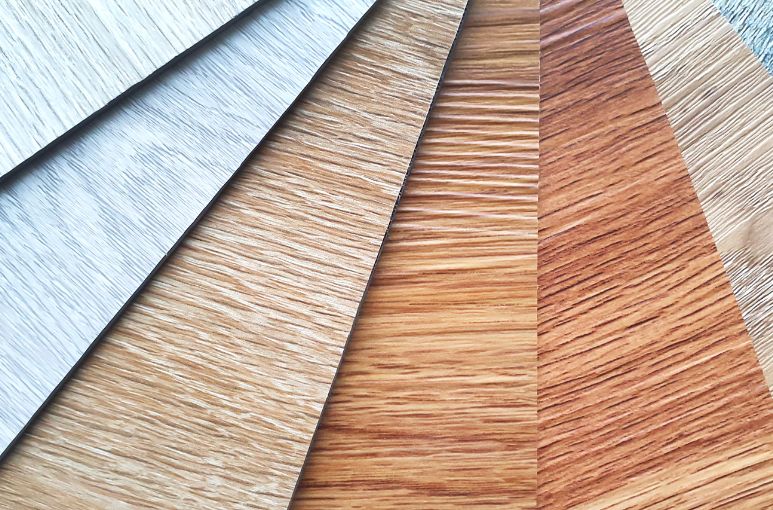No products in the cart.
Vinyl Fabric Tips
Repair or Replace? Signs Your Vinyl Has Reached Its Limit
Although vinyl is a very durable fabric, with time and use, it’s bound to start breaking down. And whether it’s upholstery or marine grade vinyl, you’ll likely have to replace it at some point, but how can you tell when that point is? If you don’t want to waste time or money, this article will go over signs your vinyl has reached its limit and whether it’s time to repair or replace.
Signs of Worn-Down Vinyl
The most obvious sign of worn-down vinyl is large cracks and splits that reveal the cushioning underneath the fabric, but not all wear and tear looks the same. If your vinyl is worn down, you may want to inspect for spots that are thinning, which tend to look lighter in color. And depending on the original texture of the fabric, the area might be much smoother or rougher in comparison to the rest. Lastly, inspect the seams and make sure none of them are beginning to pull and stretch apart.
Repair or Replace?
To answer this question, you need to determine the extent of the damage. If the seams are falling apart, there are multiple thinning areas, or the cracks are just too extensive to catch all of them, it might be time to replace the fabric entirely. While you may be able to repair a loose seam or a few cracks on your own, investing hours or days trying to repair your vinyl isn’t worth it. This is especially so if you don’t have the time, knowledge, or money to invest in repairing it entirely.
How To Repair
Repairing a loose seam is rather easy as you can follow the basic stitch already set for you by following the holes. However, you’ll need a denim needle or something similar to glide through the fabric, as well as a thick heavy-duty all-purpose polyester thread.
For cracks, press in a heat cure compound and smooth it flat with a palette knife, using low heat to cure the compound and meld it together. You may need to do this multiple times depending on the extent of the damage. For a seamless look, you can lay a sheet of Teflon over the cured material and iron it flat on low heat. Once that’s cured, use low grit sandpaper to gently smooth down the texture.
At this point, you can use a sprayable texture to match the surrounding texture and use the heat gun to dry it, making sure not to overheat and cause the material to bubble. You can reapply in thin coats if necessary. Lastly, you can find a spray paint that matches the color and use thin coats of it to finish it off. However, if this feels too complex or the damage is too severe, you’ll want to take it to a professional to have it replaced entirely.
Now that you know the signs your vinyl has reached its limit and whether you need to repair or replace it, you’re ready to move on to the next step. Luckily, All Vinyl Fabrics has a variety of vinyl materials for sale, so you can get the fabric you need to repair or replace any vinyl you need to.

